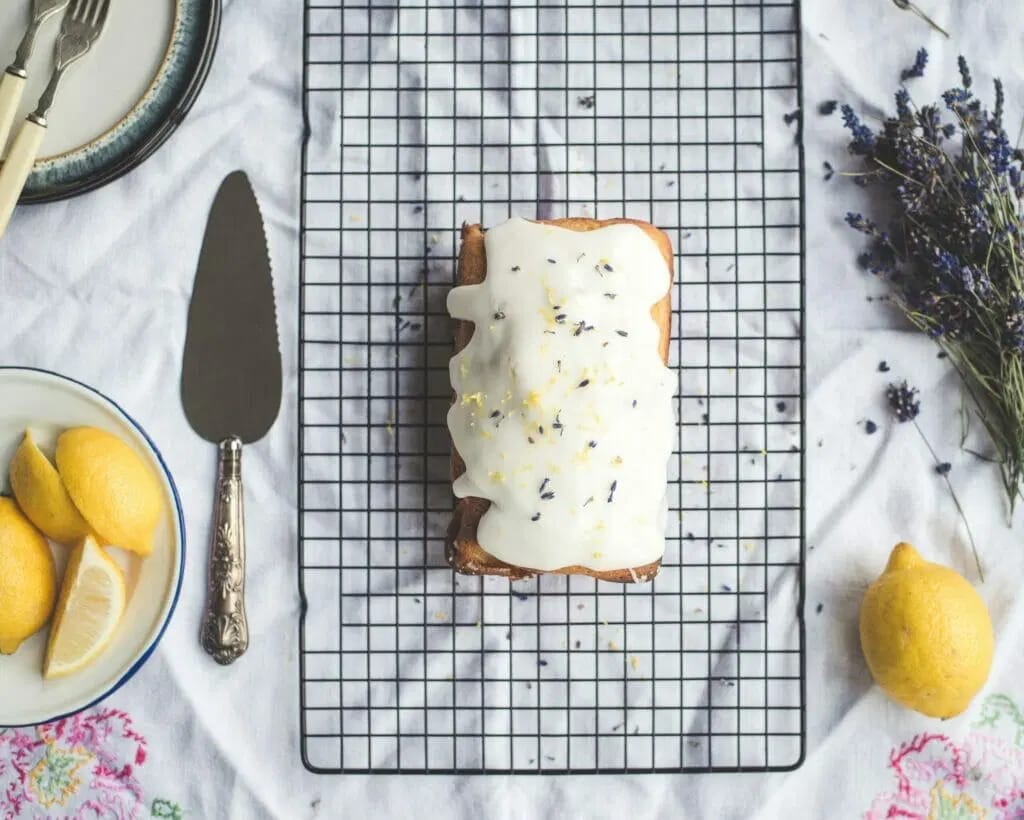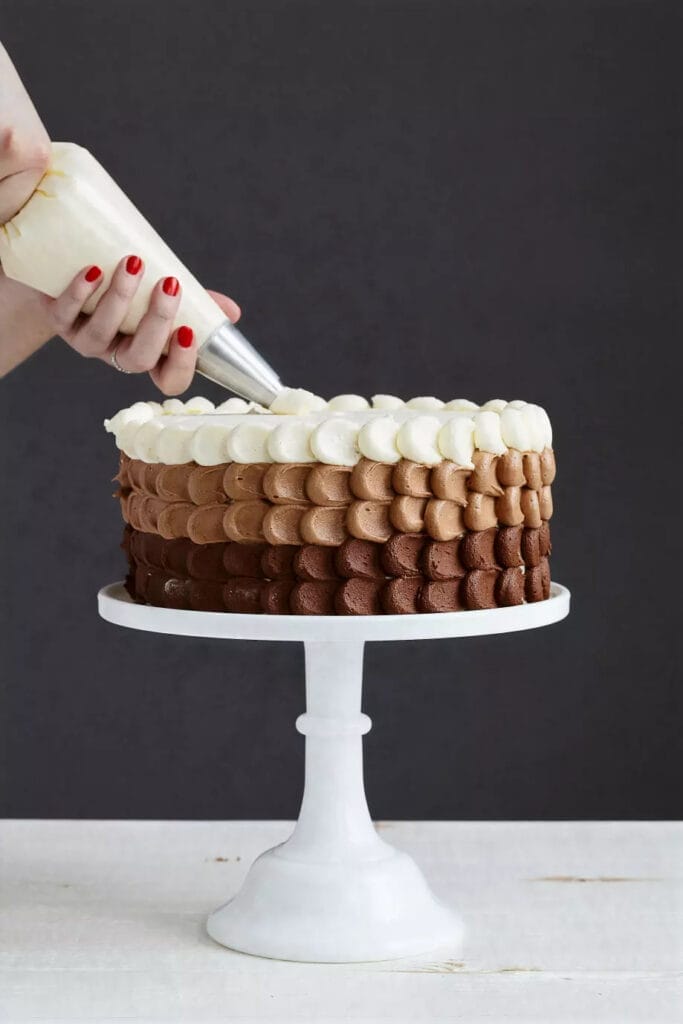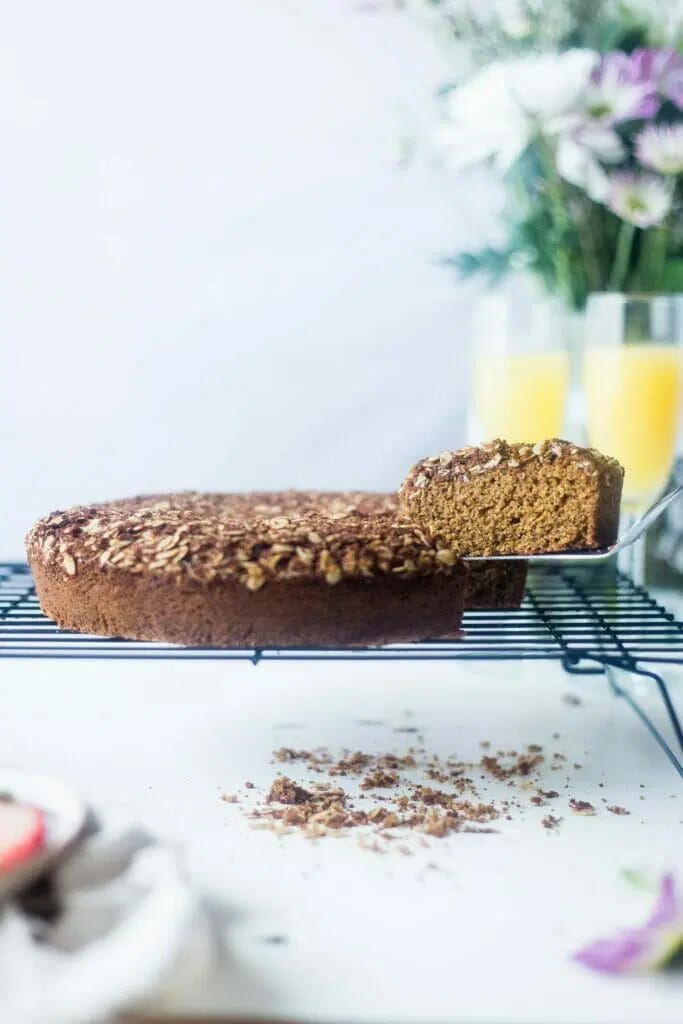As an Amazon Associate, I earn from qualifying purchases. In addition, I participate in several other affiliate programs that allow me to earn while I recommend products I love.
Whether you’re baking for a special occasion or simply satisfying your sweet tooth, waiting for a cake to cool completely can feel like an eternity.
Cooling a cake properly is essential to achieve the perfect texture and taste, but sometimes, time is of the essence.
In this blog post, we’ll explore various techniques to cool a cake quickly without compromising its quality, so you can move on to the fun part – decorating and devouring your delicious creation!

Why Quick Cake Cooling Matters

Before we dive into the techniques, let’s understand why quick cake cooling matters.
Proper cooling plays a significant role in the final outcome of your cake.
It allows the cake’s structure to set and the flavors to meld, resulting in a moist and tender crumb.
A well-cooled cake also makes it easier to frost and decorate without the risk of a melty mess.
Additionally, quick cooling can help prevent common cake mishaps, such as collapsing or sinking in the middle.
When a cake is left to cool slowly, the residual heat from the baking process can continue cooking the cake, leading to overdone edges and an undercooked center.
By cooling the cake rapidly, you reduce the chances of these problems occurring.
Techniques to Cool a Cake Quickly
1. Room Temperature Cooling
If you have a bit of time to spare, cooling the cake at room temperature is a reliable method.
Allow the cake to rest in the baking pan for about 10 minutes after removing it from the oven.
Then, gently run a knife around the edges to loosen it from the sides of the pan.
Invert the pan onto a cooling rack, and let the cake cool completely.
To ensure even cooling and prevent condensation on the cake’s surface, place a clean kitchen towel under the cooling rack.
This elevates the cake slightly and allows air to circulate freely.
2. Refrigerator Cooling
Want to learn how to cool cake fast?
If you need to speed up the process, the refrigerator can be your best friend.
Once the cake has rested in the pan for 10 minutes, transfer it (still in the pan) to the refrigerator.
The cool air will quickly chill the cake and set its structure.
After about 30 minutes to an hour, depending on the cake’s size, the cake should be ready to frost and decorate.
However, be cautious when using the refrigerator cooling method for delicate or light-textured cakes, as the sudden temperature change may cause them to become slightly denser.
3. Freezer Cooling
When time is truly of the essence, the freezer can work wonders when it comes to learning how to cool cake faster.
After the initial 10-minute rest in the pan, remove the cake from the pan and place it on a cooling rack.
Let the cake cool for another 10 minutes at room temperature.
Next, wrap the cake tightly in plastic wrap or aluminum foil to prevent freezer burn.
Place the wrapped cake in the freezer for about 30 minutes to an hour.
Freezer cooling works well for dense and sturdy cakes, such as pound cakes, and is particularly handy when you need to frost and decorate a cake promptly.
4. Slicing the Cake for Faster Cooling
For an ultra-quick cooling method, consider slicing the cake into layers.
It’s a great hack when it comes to cooling cake.
Once the cake has cooled for about 10 minutes in the pan, carefully remove it from the pan and place it on a cutting board.
Using a serrated knife, slice the cake horizontally into two or more layers, depending on its thickness.
By dividing the cake into smaller pieces, you expose more surface area to the cooling air, drastically reducing the cooling time.
However, remember to keep the sliced cake portions covered to prevent excess moisture loss.
Cooling Cakes with Different Shapes and Sizes

The cooling techniques discussed above can be applied to cakes of various shapes and sizes:
Cooling Layer Cakes
Want to know how to cool a cake that has layers?
For layer cakes, cool each layer individually using your preferred method, whether it’s room temperature, refrigerator, or freezer cooling.
After the layers are cooled, you can assemble the cake with your chosen fillings and frostings.
Cooling Sheet Cakes
For large sheet cakes, the refrigerator and freezer cooling methods work best.
Cut the sheet cake into smaller portions for even faster cooling.
Cooling Cupcakes and Muffins
Individual treats like cupcakes and muffins can be cooled quickly by using the refrigerator or freezer method.
Place the cupcake or muffin tin in the refrigerator or freezer for about 10-15 minutes to expedite the cooling process.
Tips for Safe Cake Cooling: how to quickly cool a cake

While quick cooling is convenient, it’s essential to prioritize hygiene and food safety during the process:
Hygiene and Food Safety
Always ensure that your hands, utensils, and work surfaces are clean and sanitized.
Avoid cross-contamination and handle the cake with care to keep it safe for consumption.
Preventing Cake Moisture
To prevent excess moisture buildup during cooling, use a cooling rack to elevate the cake slightly, allowing air to circulate.
This helps the cake maintain its texture and prevents it from becoming soggy.
When Not to Rush the Cooling Process: how to cool down cake fast

While quick cooling is advantageous for most cakes, some cakes require gentler treatment:
Delicate Cakes
Delicate cakes, such as sponge cakes, chiffon cakes, and angel food cakes, are light and airy by nature.
Rapid cooling can cause them to lose their delicate texture and become slightly denser.
For these cakes, it’s best to stick to the room temperature cooling method to maintain their ethereal quality.
Decorative Cakes
If you’re working on a highly decorated cake with intricate details and delicate designs, it’s crucial to allow the cake to cool at a steady pace.
Rushing the cooling process can cause the decorations to crack or shift, affecting the overall appearance of the cake.
Plan ahead and allocate ample time for the cooling and decorating stages.
Need more cake tips? Check these out!
